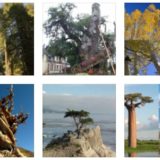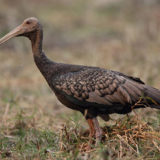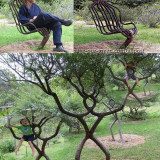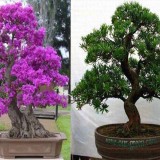The Serengeti National Park
The Serengeti National Park
Location: The Serengeti national park is located in Serengeti area of Tanzania, comprises with some 1.5 million hectare(14,763 square km) full of Savannah, grassland & woodland.
Description: The Serengeti National Park is one of the largest national park in Africa & it is the oldest ecosystem on earth. The national park is declared world heritage site by UNESCO & recently proclaimed the 7th wonder of the world for the huge annual migration that takes place every year . It is also famous as it is the largest gaming reserve and embellished natural beauty of Africa.
Climate:The weather of Serengeti national park is basically warm and dry year round. Temperature yearly averaging between 15°C to 25 °C. In January the daily temperature 32 °C to 25 °C, while in June the average temperature is 29 °C max to 20 °C. The rainy season is in two term, the short rainy season is between November to January rain falling this time ranging 19 mm but long rainy season is between March to may rain fall averaging this time around 240mm.
Flora and Fauna:The Serengeti national park is full of vast grassland, Savannah that support the abundance wildlife. The Savannah can be divided into three types, bushland, woodland, and wooded grassland.
The vast plains of Serengeti is famous for its annual migration in which more than two million wildebeests plus hundreds of thousands of gazelles and zebras followed by their predators are migrating for their foods & water & this is the most beautiful thing about this national park.
Besides that the national park also known for the big 5- Lion, African Elephant, African leopard, Black Rhinoceros and African Buffalo. The most globally threatened or endangered animal species like black rhinoceros, African elephant, wild dog, and cheetah are seen here. Within the park area, some kinds of common mammals can be found, like- Thomson’s and Grant’s gazelle, topi, eland, water-buck, hyena, baboon, impala and giraffe. Smaller mammals include numerous species of bat, bushbaby, vervet monkey, patas monkey, black and white colobus monkey, olive baboon, aardvark, ground pangolin, cape hare, porcupine, three species of hyrax and many other rodents, bat-eared fox, two species of otter, honeybadger, zorilla, common genet, large spotted genet, African civet, seven species of mongoose, aardwolf, serval, golden cat, African wildcat and bushpig. Reptiles including Nile crocodile, Nile monitor lizard, African rock python, blacknecked spitting cobra and puff adder.
More than 500 spices of birds can be found here, including ostrich, secretary bird, Kori bustard, crowned crane, marabou stork, martial eagle, lovebirds, vultures, lesser flamingo, African fish eagle, tawny eagle, lesser falcon , helmeted guineafowl, black-winged pratincole, black-winged plover, Caspian plover, white-winged black tern, Fischer’s lovebird, purpuratus, southern ground hornbill, greycrested helmet shrike are seen here.
Other tourist attractions:The Park area develops infrastructure for tourism. It provides Hot air balloon safaris, walking safari, picnicking, game drives, bush lunch/dinner can be arranged with hotels and tour operators. Maasai rock paintings and musical rocks. The park administration also arranges lodges , tent camps for it visitors.












